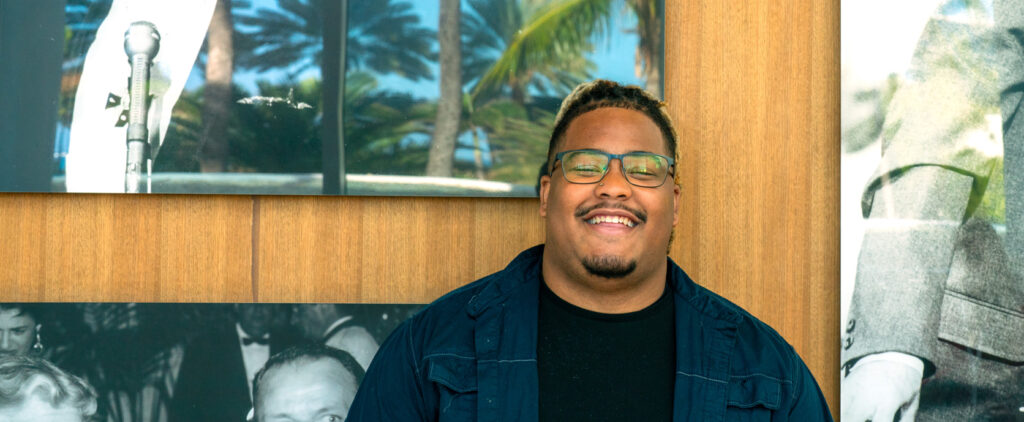Before Jadale even knew about CPVT (catecholaminergic polymorphic ventricular tachycardia), it threatened his life more than once. But through the chaos, confusion, and isolation, he found something stronger than fear: his voice. And today, that voice carries a message of strength, resilience, and connection for others walking the same uncertain path.
“Speak up, reach out, and connect with others—and you can take control of your life with CPVT.”

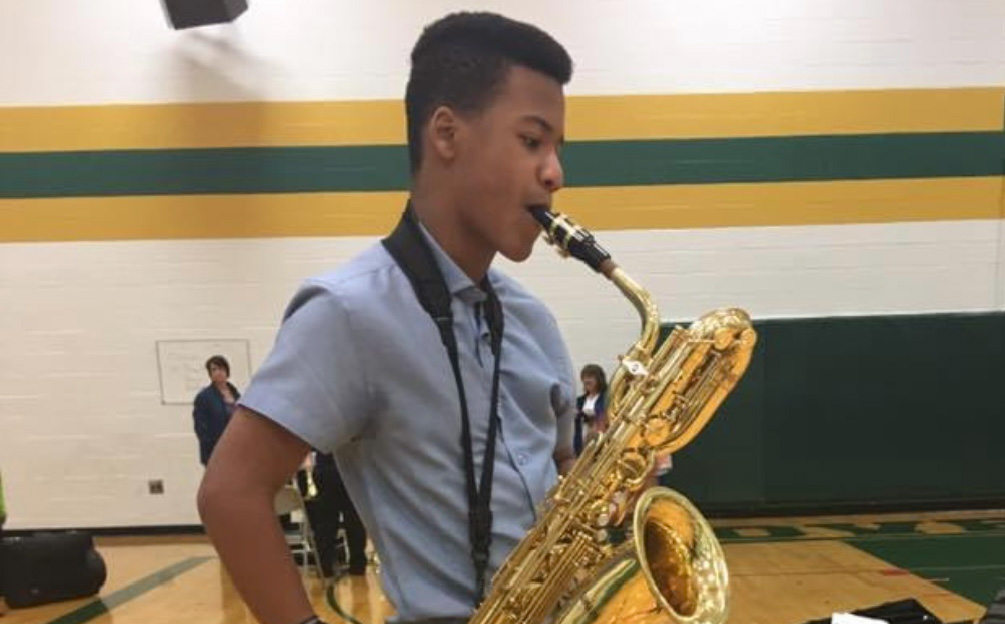
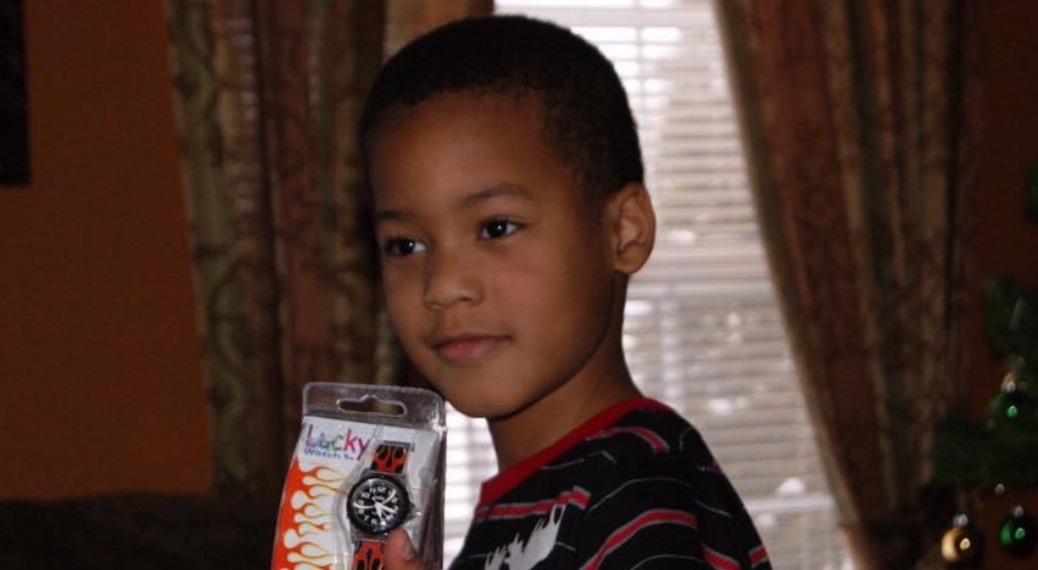
Before the episodes, Jadale was pure energy. He was the kid who raced down soccer fields, crushed cross-country meets, and couldn’t sit still if he tried. Life was full of motion, freedom, and joy.
But at age 10, everything changed.
It started during a stormy night at his sister’s choir concert. One moment, he was running to the car for a raffle ticket. The next, he was waking up face-down in a muddy field, drenched and disoriented.
He felt utterly helpless and alone—feelings that haunted his childhood. Doctors didn’t know what was wrong. At first, they suspected that Jadale simply stood up too quickly and not enough blood was reaching his brain. But this was just the beginning of a terrifying pattern.

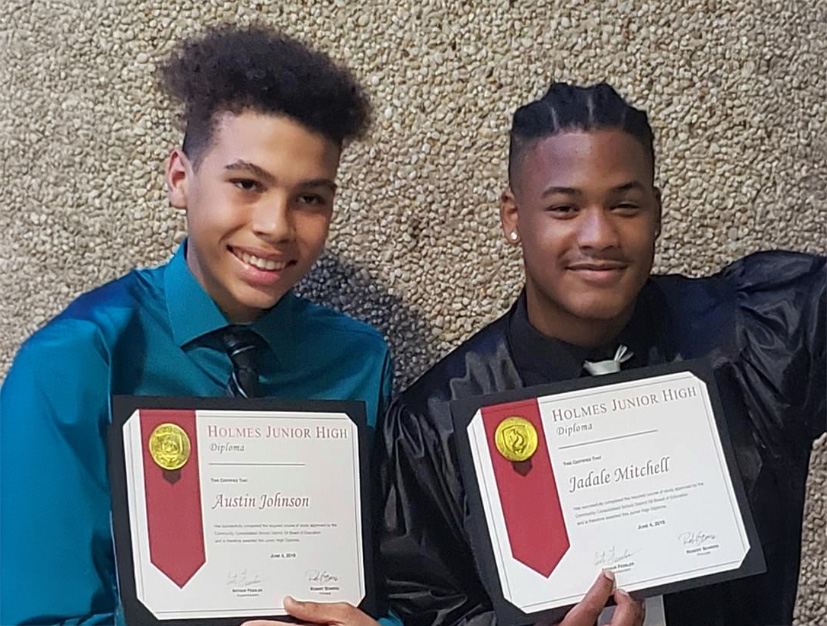
Six months later: another collapse, this time while playing tag. As he reached out to tag a friend, everything fell apart. The ground would spin, his body would drop, and silence would follow.
“At first, my doctors didn’t think it was heart-related. They thought that I was having seizures, or some kind of brain-related issue. Every misdiagnosis just felt like no one knew the answers—and that just frustrated me more.”
After his third episode, tests finally revealed something deeper.
Jadale was diagnosed with CPVT, a rare genetic heart condition that causes electrical instability when adrenaline spikes. His heart, although full of life, held a secret that put his life in danger.
“The way I think of it is: when my heart rate gets to a certain rate, the chambers fall out of sync. Then, it has to try and turn itself back on.”
He was put on 2 medications that he took as instructed. But when his insurance fell through, so did his treatment. For 3 months, Jadale lived in fear of another event—with less support than ever. That lapse nearly cost him everything.
One day, after getting off the school bus, Jadale and a friend were roughhousing. Without warning, he collapsed. No heartbeat. No breath. Without his medications, the sudden cardiac arrest he feared all along had happened.
His friend—just trained in CPR the week before—jumped into action. For 7 minutes, he kept Jadale alive until the ambulance arrived.
“When I woke up from the coma, I didn’t even remember what happened. I had to be told I almost died.”
Doctors told him that he would need a left-side sympathectomy, which entailed surgically cutting off the nerve that triggers adrenaline. They implanted a loop recorder in his chest. Physically, he began to heal. Emotionally? That was another story.
“Even walking my dog scared me. Every heartbeat felt like a risk.”
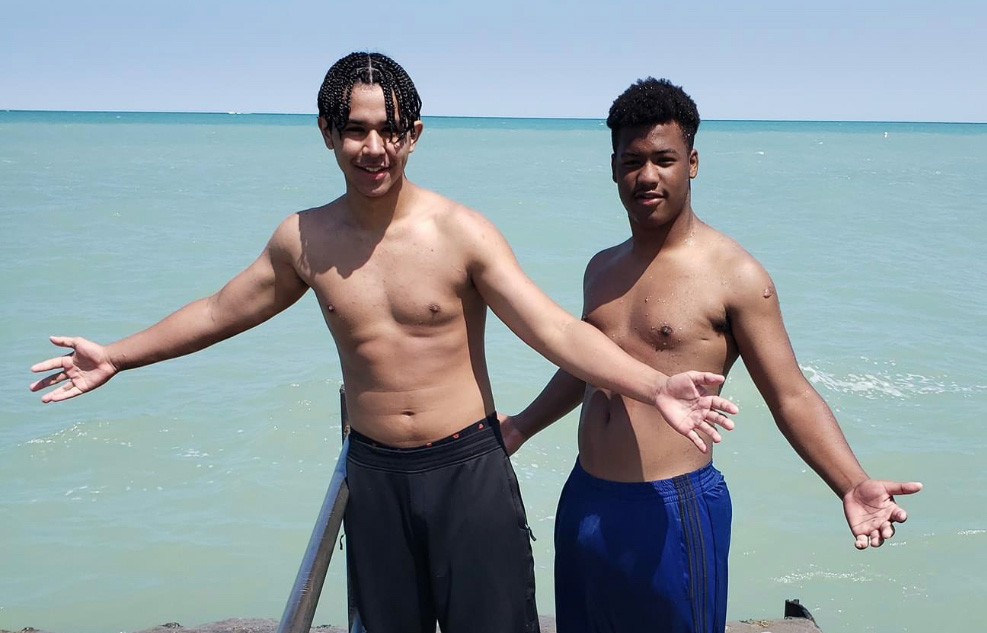
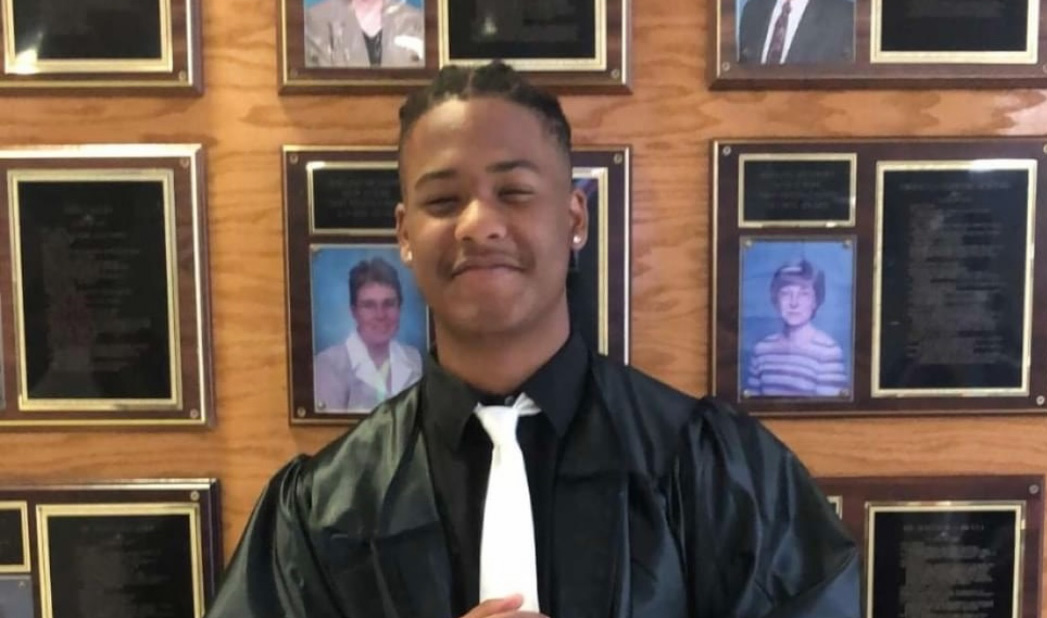
Jadale was a kid stuck between fear and frustration. He had to stop playing his favorite sports. He couldn’t go to haunted houses or ride roller coasters. He didn’t even want to talk about it because his condition was already making him feel less normal and more like an outcast.
“As a kid, you really want to run, play, and spend time with your friends.” Jadale remembers. “But there was so much that I wasn’t allowed to do—it felt like it was ripped away from me.”
His heart condition became an emotional prison. He retreated into himself, building walls no one could see. On the outside, he was the quiet kid. On the inside, he was screaming.
“I lost friends. Got called names. I started feeling less normal and feeling outcasted because of my condition.”
It felt like walking on eggshells everywhere, every day. For years, he lived in a bubble: lonely, left out, and limited to spending his free time at home. Then, during his junior year of high school, a friend reached out to him with a bridge of understanding. Since Jadale couldn’t play football due to his condition, would he consider track and field? Maybe he could throw the discus or shot put. Jadale stepped off the eggshells and took a chance. He asked his doctor and got the green light to join the team.
Track turned out to be more than just a sport. It became an outlet for 5 long years of pent-up frustration for everything he’d missed. He embraced track, and the track team embraced him right back. He built friendships and no longer felt lost. In many ways, it’s what helped him return to feeling more normal.
In college, when Jadale joined the track team for shot put, discus, and hammer throw, he experienced a level of friendship and support that changed his life. His coach asked questions. His teammates cared. They even helped him take his medications on time and in coordination with practice sessions. With their support and careful planning, he found ways to fit his everyday medications into college life. Based on that experience, he knows that—despite the nightmares of feeling helpless in his first episode—he’s not alone.
“Being an athlete again reminded me I still had strength. My team didn’t see a diagnosis. They saw me.”
Today, Jadale self-manages with the focus of a warrior. He uses meditation to find calm balance—and a heart-rate monitor to know when he needs it. His unshakeable discipline keeps him following a structured daily schedule for his medications. He knows what’s at stake—and he shows up for himself, every day.
“Even with two jobs and college, I carve out time to breathe. To come back to myself. It’s survival, and it’s self-love.”
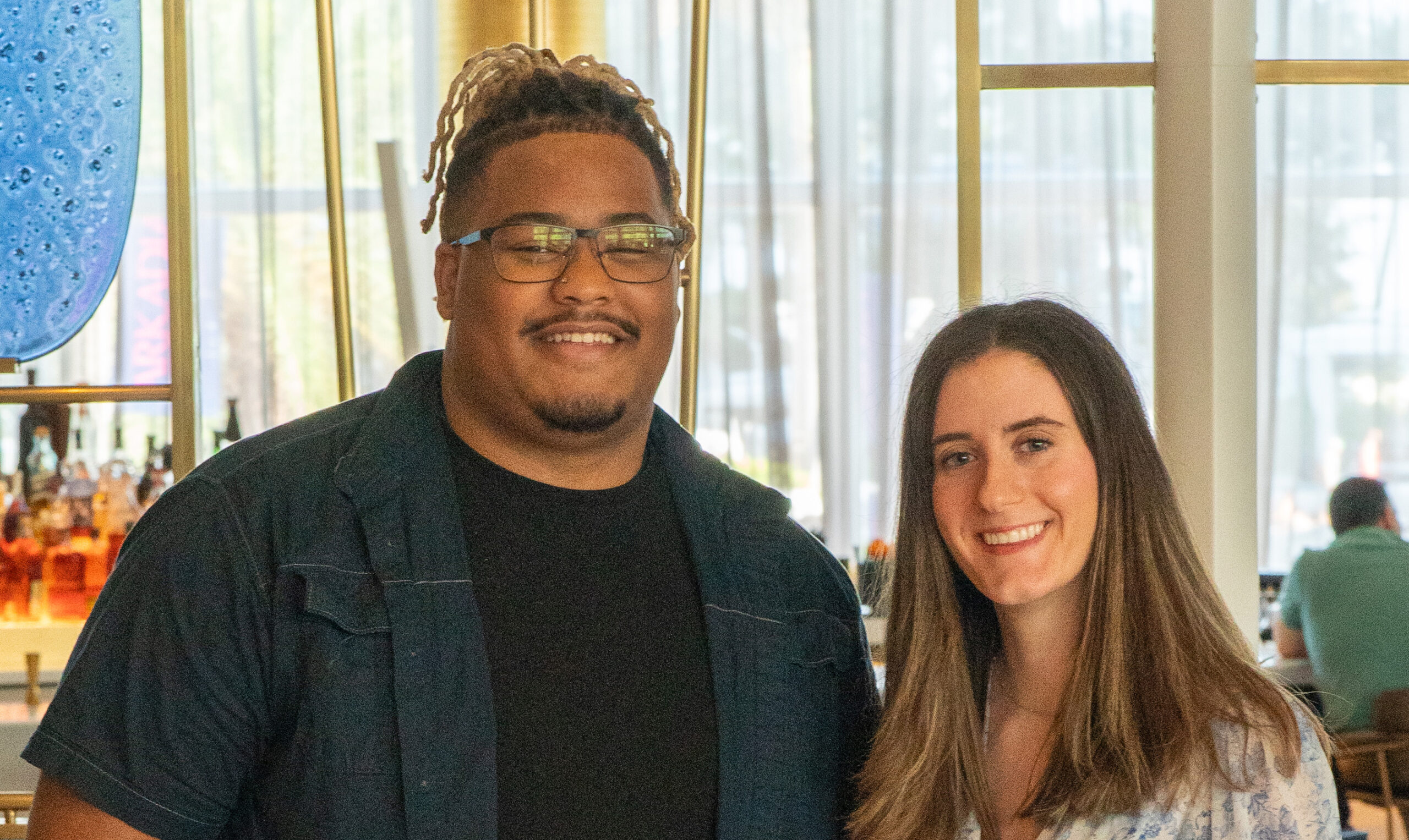
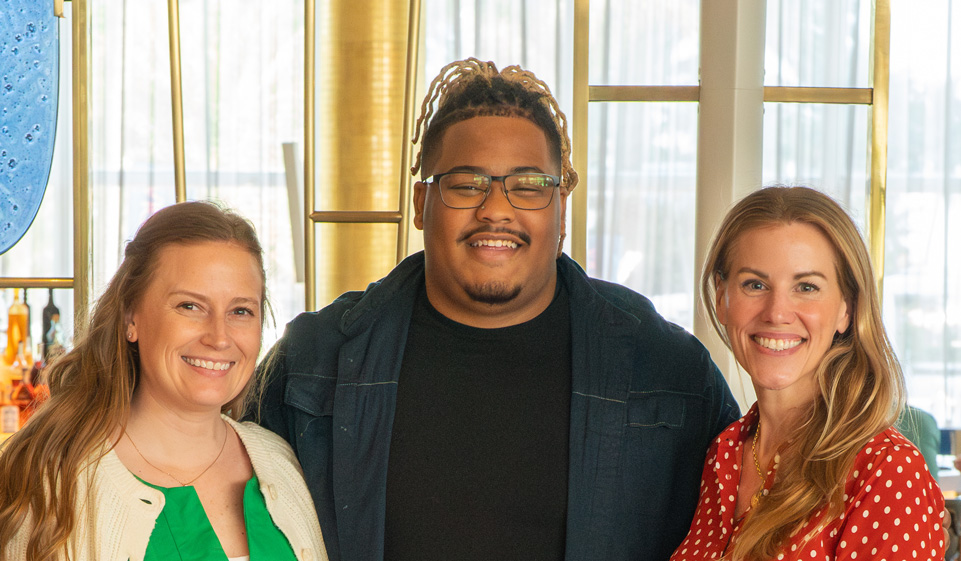
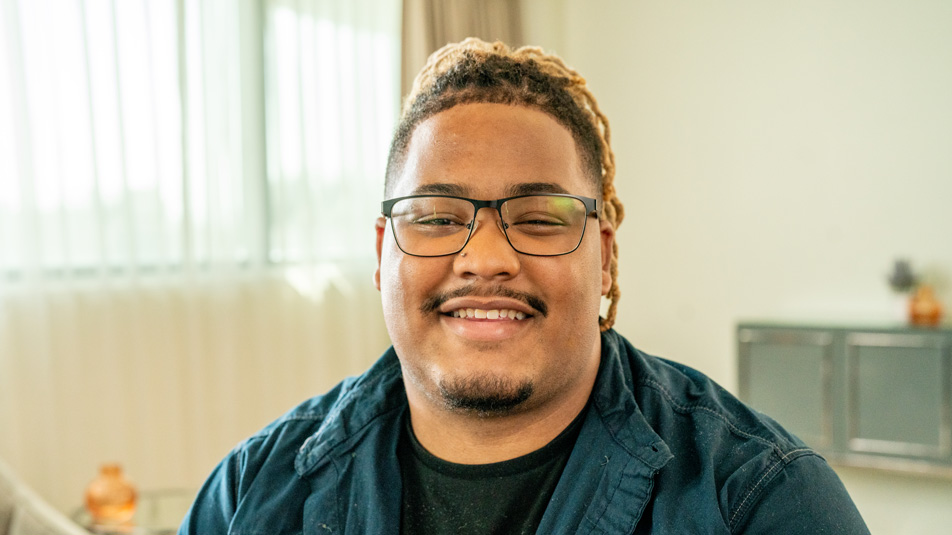
Now, Jadale speaks. At events, in interviews, through foundations, he shares his story—so no kid feels the isolation he once did. He champions CPR training and builds awareness of automated external defibrillators (AEDs). He has become the person he once needed. And he hopes he can be that person for other kids struggling to understand how to live with CPVT.
“Speak up. Tell someone. You’re not alone—even if it feels like it. Someone’s listening. Maybe it’s me.”
He doesn’t see CPVT as a curse. He sees it as a bridge.
“This condition lets me connect with people in ways most never will. It’s given me purpose.”
Jadale took control of his life with CPVT, and rewrote his story into a message that he wants every kid, teen, and family facing CPVT to hear:
“Just because you have CPVT doesn’t mean you can’t live your life to the fullest. I’m living mine—and you can too.”
